Solitary confinement in California prisons, resistance and prisoner correspondence
by Dendron Utter
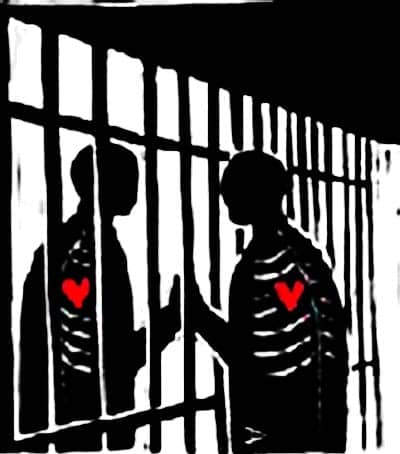
I started correspondence with a prisoner named Michael Dorrough, also known as Zaharibu, who is incarcerated in Corcoran State Prison in Corcoran, Calif. He is one of the many men of color confined in isolation for 22-24 hours a day for over 20 years due to his political affiliations, lack of subservience and racial profiling. He has been in solitary confinement for 25 years.
I have learned profound lessons from him in the short three months I have known him. In hearing more about his story and the horrendous conditions he lives under, I have been driven to learn more about solitary confinement, why it must be abolished and the resistance against it. I have also been moved to become a part of that resistance in any way I can.
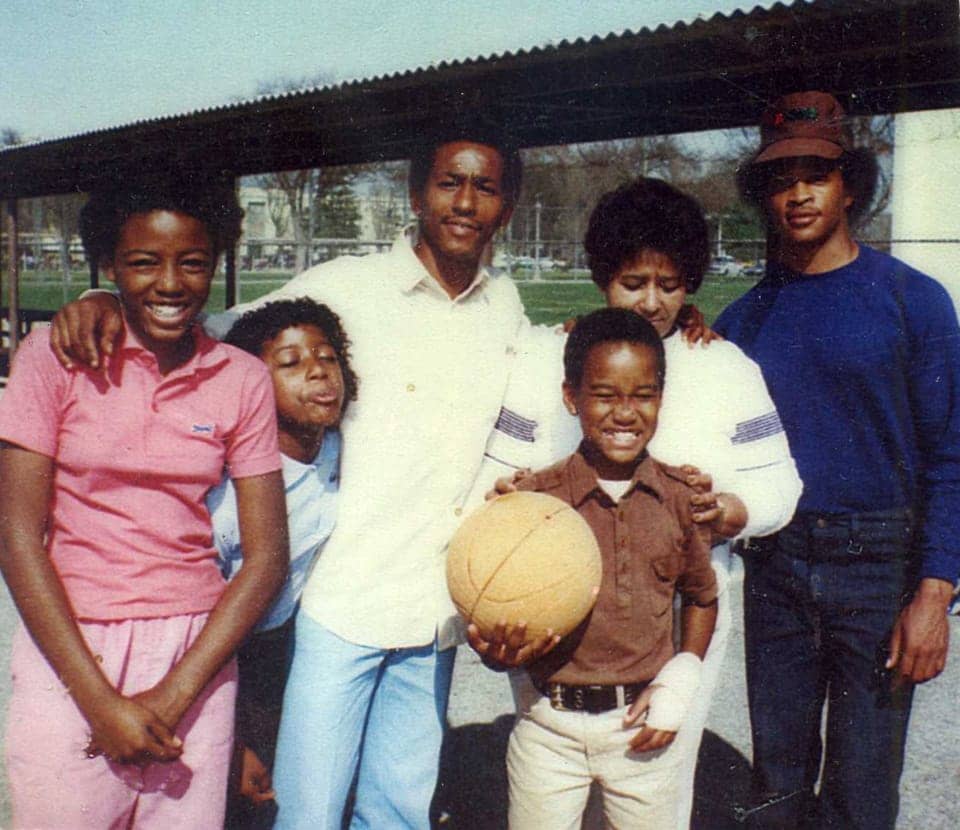
This history is evident when looking at the huge numbers of people of color inside prisons today. It is within this racist context that solitary confinement has become a standard among politicians, wardens and administrators in the U.S. prison system.
According to Amnesty International, “More than 3,000 prisoners in California are held in high security isolation units known as Security Housing Units (SHUs), where they are confined for at least 22 and a half hours a day in single or double cells, with no work or meaningful rehabilitation programs or group activities of any kind.” Many of those locked in long-term isolation have been put there because of alleged gang affiliation. The criteria used by the California Department for Corrections and Rehabilitation (CDCR) to establish gang membership are unsound. They use “evidence” such as what prisoners are reading, connection – as simple as a greeting – to other prisoners, tattoos and the contents of their mail.
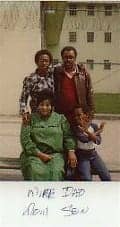
The combination of total isolation for extended periods of time, coerced snitching, the hostilities between racial groups inside, mental abuse and physical violence by guards can thoroughly crush prisoners. There is nothing left to do but unite and act.
In fact, once labeled, the only way to be released is through a process of snitching on other inmates regarding gang affiliation. This is called “debriefing.” To force inmates to debrief is not only entirely divisive, breaking unity between prisoners, but it is dangerous due to the retaliation one might receive for acting as an informant.
Solitary confinement is akin to torture as it includes inhumane levels of sensory deprivation, extremely limited interaction with the outside world, and poor food and access to healthcare. The torture of isolation not only stems from the conditions of sensory deprivation – no human touch, no fresh air, no natural light, no windows, no sound, often no communication, no exercise, no activities, no warmth in winter – but from the strategically prolonged lengths of stay.
The combination of total isolation for extended periods of time, coerced snitching, the hostilities between racial groups inside, mental abuse and physical violence by guards can thoroughly crush prisoners. There is nothing left to do but unite and act.
Prisoners have been fighting back against inhumane treatment and abuse in the prison system since the conception of it. Two recent racial unity movements started by prisoners inside long-term solitary confinement units in California have been the hunger strike started in the Pelican Bay SHU and the agreement to end hostilities. In writing back and forth with Zaharibu, I focused my questions on these struggles and more generally on multiracial movements outside and inside prison walls.
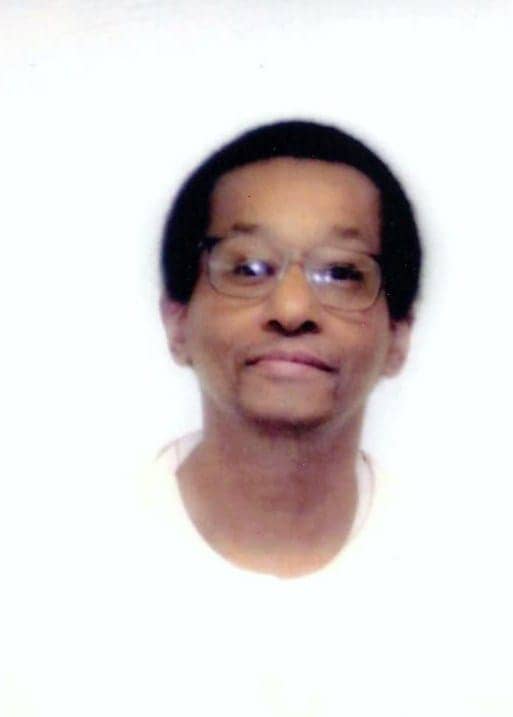
I realized at that moment that I have limited knowledge about solitary confinement. I sought to find out everything I could about the history, application, conditions and resistance to these atrocious control units. What I read, listened to and saw is torture under the guise of rehabilitation and safety. It is helpful to re-read Zaharibu’s letters with this research fresh in my mind. I am even more filled with outrage!
Although halting racial driven violence and uniting across race is an immense achievement and central to prisoner resistance, there is more to it than singing “We Are the World” by Michael Jackson and calling it a day. By no means am I saying that this is what incarcerated men, women and transgendered folks are doing inside, but that those of us on the outside need to do our homework and learn this history that shapes the current situation.
Zaharibu wrote in response to my questions: “A lot of us have always believed that ending the [state-created] violence and hostilities is crucial to having any kind of chance of changing the realities that we are confronted with daily. And it’s important to put this in a correct historical context. This specific effort by the state has been ongoing for the past 30 years or more.”
“The housing of citizens in isolation for any length – 10 days or 30 years – and depriving them of any and all meaningful programs for absolutely no legitimate reason should provoke a sense of outrage. That it is being done … to break human beings should provoke outrage amongst all of those who love democracy.”
As I mentioned before, Zaharibu has been in solitary lockdown for 25 full years. What I did not mention is that he is incarcerated for a crime he did not commit. Like so many other African American men and women locked inside prison walls, he has a completely sound case of innocence that the courts refuse to hear.
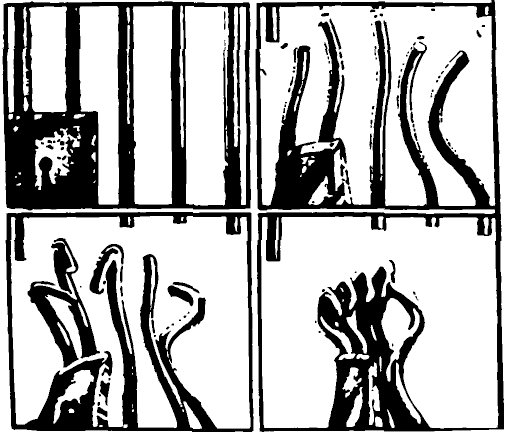
“It not only connects me to life outside of prison but when I am blessed enough to meet someone like you, it connects me to the larger activist community. I consider the prisoner rights movement to be inclusive of the broader abolition movement … It is simply not possible for meaningful lasting change to occur without coalition building … I consider my being able to connect with you and the class there to be part of that coalition building.”
That statement is one of the first things Zaharibu wrote to me in November. The warmth and care that rests in these words is not uncommon in his writing. With each letter I feel more and more seen, cared for and connected to something larger than our correspondence. I am connected to the movement of a people unified to gain humanity back.
“This struggle had to happen. It was inevitable. There is simply no way that people are going to continue to allow themselves to be subjected to the constant assault on their humanity. The disrespectful, degrading, dehumanizing get down that is directed at us at some point has to be responded to. It honestly does not matter what one’s political ideology might be.” – Zaharibu Dorrough
“The time for us to get off our knees is long overdue” – Zaharibu Dorrough
What does it look like for those of us on the other side of these walls to “get off our knees” and support prisoners fighting for dignity, humanity and freedom? Some call it accompaniment or solidarity and, while I respect their praxis and can see where they are coming from, I do not agree with the notion that I am supporting someone else in their struggle. There lies a harmful distancing within that framework that is important to unpack.
With each letter I feel more and more seen, cared for and connected to something larger than our correspondence. I am connected to the movement of a people unified to gain humanity back.
I view my participation as stepping up to a struggle that is all of ours to fight. Although we all have differing placements, privileges and entry points into it, that doesn’t mean we aren’t all affected by it. Some examples of how I see my role in the abolition and prisoner rights movements are being in dialogue with prisoners about needs and ideas, working with organizations such as the California Coalition for Women Prisoners and funneling resources that I have access to through the academy into these movements.
I certainly am outraged and will continue to be. I am blessed to continue learning from and sharing outrage with Zaharibu. Like a great man once said, “None of us are free until all of us are free.”
To read more about Zaharibu’s case, go to: http://nctt-shu.blogspot.com/p/zaharibu-dorroughs-case-for-innocence.html and http://zaharibuisinnocent.weebly.com/index.html.
Dendron Utter, a graduate student at the California Institute of Integral Studies studying prison activism with Anthropology Department Chair Andrej Grubacic, can be reached at desertinwinter@gmail.com.





